PlayStation All-Stars Battle Royale Preview: Super Smashing Great?
Sony's mascots line up in this familiar brawler.
So, yes, it's Super Smash Bros. for the PlayStation generation. And why not? "We're fans of fighting games - it's not something we shy away from," says Omar Kendall, game director of mouthful-of-a-title PlayStation All-Stars Battle Royale.
The game, which indie studio SuperBot describes at its formal unveiling this week in LA as "a light-hearted, fun mash-up brawler," is 18 years of Sony-sponsored iconography remixed as a frenetic character fighter in the same vein as the series that has served Nintendo platforms so well for over a decade.
"We're taking the best of what the genre has delivered over its storied history and we're adding our take on it as well," Kendall adds. "We're proud to exist in the same space as these games. We don't mind [the comparisons] at all - our game has a very unique and interesting gameplay feel to it."
We'll come to that in a minute, but first it's worth considering the people responsible. The fertile creative community Sony has fostered around its Santa Monica base is notable not just for big ticket blockbusters like Uncharted and God of War, but increasingly also for leftfield, commercially risky experiments it funds and allows to flourish.
Put it this way: without Sony there would be no Journey. And there's another under-wraps oddity - to be revealed next week - which once again highlights the company's laudable support for new talent.
And now there's SuperBot, a 2009-born, 100-strong indie team "nurtured within Sony Santa Monica," as the studio head phrases it. Its first game is PlayStation All-Stars and it has amassed for this task a team whose collective CV includes UFC, WWE, Gears of War, Mortal Kombat and God of War.
Sega and Nintendo have been making hay with in-house IP for donkey's years. Sony is the junior partner of the major franchise factories in that regard, but as that perfectly-pitched "Michael" TV ad demonstrated, the PlayStation pantheon is not short on stars these days.
The full roster of All-Stars combatants is a secret - brace yourselves for the drip-drip-drip reveals of a laboriously drawn-out PR campaign - but for now I get to play around with Fat Princess, Kratos, Sly Cooper, Sweet Tooth, Colonel Radec and Parappa the Rapper, which gives you an idea of how wide the net is being cast. I'm sure you can hazard a guess at additional guest spots.
Environments, too, are plucked from the best of the back catalogue with the intriguing twist of same-stage mashups. God of War boss Hades looms titanically in the underworld in one, reshaping the battlefield with each clunking wallop of his fists. Half-way through a bout, an army of Patapon warriors appears behind him, chucking spears at his back - and at the main characters thumping away in the foreground.
Then there's the Ratchet and Clank-themed Metropolis, the shiny calm of its pristinely ordered future-society shattered by the three-headed Hydra from the original God of War, as the sky blackens and the heavens open to drown the hell below.
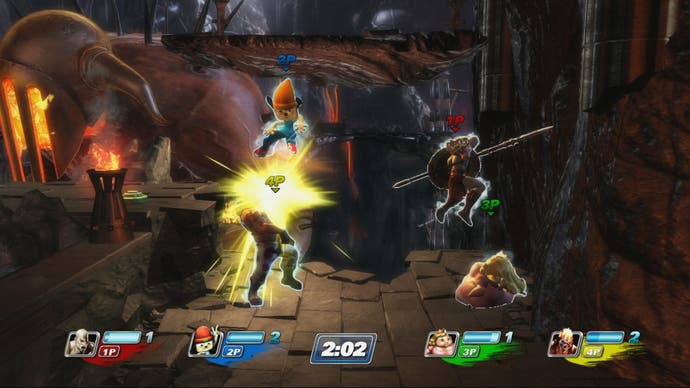
Sandover Village, meanwhile, is the 19th hole of Everybody's Golf, with the fight spreading across the green and around the clubhouse, as golfers periodically thwack balls from the tee - which cause considerable damage if not avoided.
Most impressively, there's a LittleBigPlanet stage that literally builds itself - via the Popit - as the round rolls on. At least until the stage morphs into an episode of Buzz!, whose newly colossal host springs multiple-choice questions on the combatants, e.g. "What animal is Parappa?". Answers appear at different points and you need to be standing by the right one when the timer expires - while continuing to brawl - to avoid a violent penalty.
The basic controls are accessibly straightforward: X to jump, L1 to block, R1 to pick up an item (a shield, say, or a melee weapon), square, triangle and circle for different attacks (which vary depending on which direction is pushed and whether you're on the ground or in the air), and R2 for the "super important" special attack.
Each character's Super meter fills with each successful attack, with three levels of charge available. With success measured by the end-of-round kills-to-deaths ratio, Supers are the secret to success, says Kendall: "It's how you win".
A Level 1 Super might take out a single fighter, but hold out for Level 3 - which takes most of a round to charge - and you can batter everyone. Each top-level Super is unleashed with a neat visual setpiece unique to each character: Sweet Tooth straps himself into a huge mech suit; Fat Princess scoffs down fistfuls of cakes as villagers go on the rampage; Sly switches to camera view, from which players can be killed by snapping them.
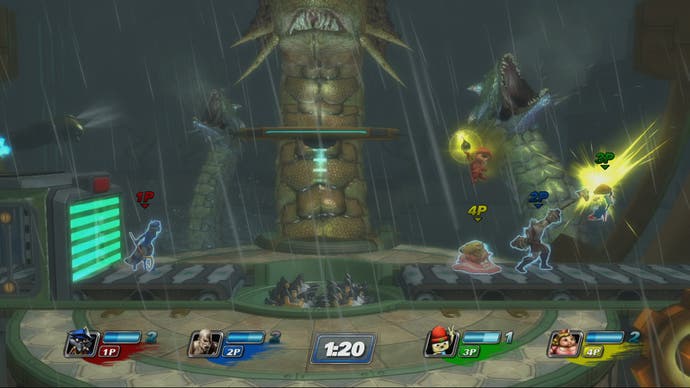
Your Super meter is drained if you're attacked with one of the weapons that periodically appear in the stage, grabbed with R1: a rocket launcher and the Spear of Destiny are regulars. Lost energy is strewn around in the form of translucent orbs, which others can grab for themselves. Sly, meanwhile, can "pickpocket" energy for himself.
Character fighting styles have been dished out according to what the team feels is each one's "essence". Kratos, surprise surprise, is angrily melee-heavy, while Radec is more effective at range, armed with a sniper rifle.
The template isn't inflexible. The team felt a standard block attack wouldn't make sense for Sly Cooper, so he's the only character in the game without one. Instead, he possesses the ability to turn invisible "true to his style".
This makes him one of the more challenging characters to master, an example cited of the game's depth to skilled players who will, SuperBot claims, have much to learn. With the team's experience, says Kendall, it "wouldn't be interesting for us to work on if it didn't have the depth".
With four-player free-for-all the only playable option at this stage, it's chaotically confusing for the first few rounds, but the spectacle itself is all noisily vibrant charm.
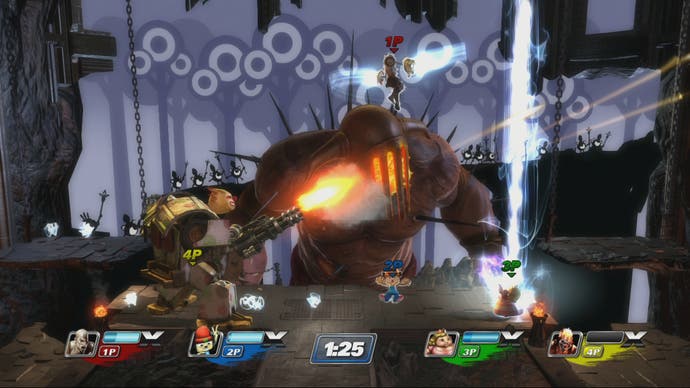
I adopt a coward's strategy of short, sharp, cheap attacks and swift retreats, concentrating on building my Super meter to its limit. In a finely balanced match, unleashing a Level 3 with 20 seconds to spare works wonders for your kill stats. But you run the risk of wipeout by a wily enemy.
After a little more game time I begin to work-in some satisfying combos and start to develop a feel for the strengths and weaknesses of the characters. How much tactical depth is in there remains to be seen, but there is, for example, a knack to using Supers beyond my preferred tactic of desperate last minute spamming.
Fat Princess has an amusing Level 2 Super, mounting a giant chicken that has a powerful thrust attack. If the staging is broadly flat, it's devastatingly effective; but for mazy, multi-tier battlegrounds it's crappily cumbersome.
PlayStation All-Stars is familiar territory both in its gameplay inspiration and, by definition, source material. It looks lovely, runs smoothly and its fast and furious action reflects the infectious enthusiasm of the team.
It's good fun for sure, but whether that's dumb fun or deep fun will require the scrutiny of extended play to determine. Superficially, though, the early signs are encouraging.
"It's rare for a fighting game to be made outside of anywhere but Japan," Kendall notes. And even if the idea originated way out east, why shouldn't these West Coast boys smash it with the best of them?
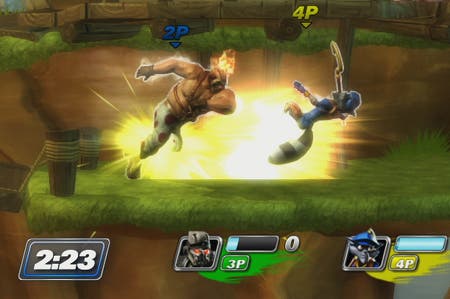


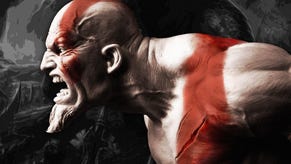

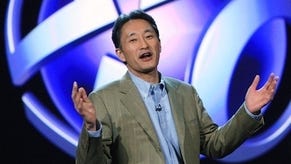
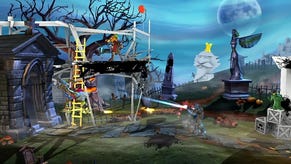
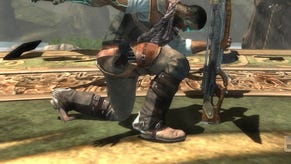

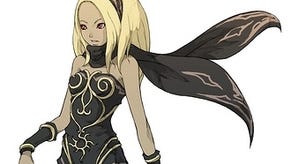



.png?width=291&height=164&fit=crop&quality=80&format=jpg&auto=webp)



